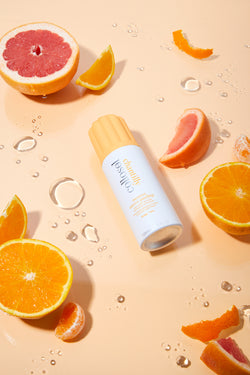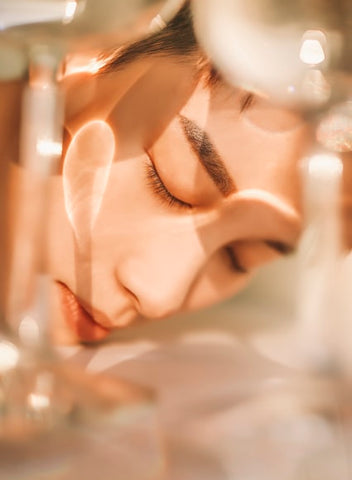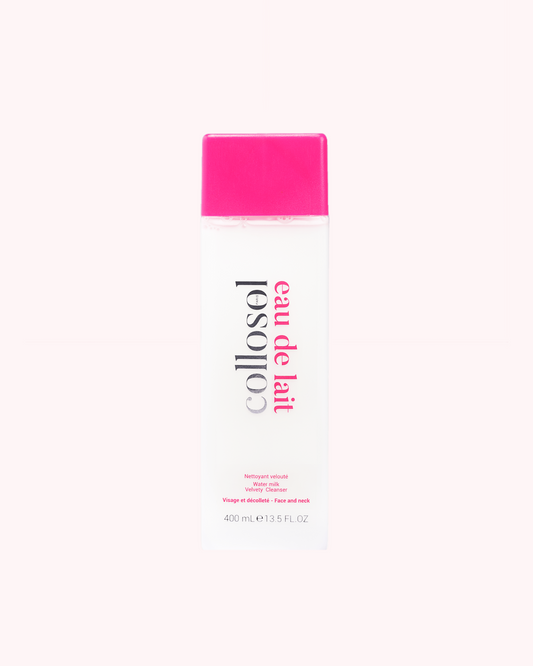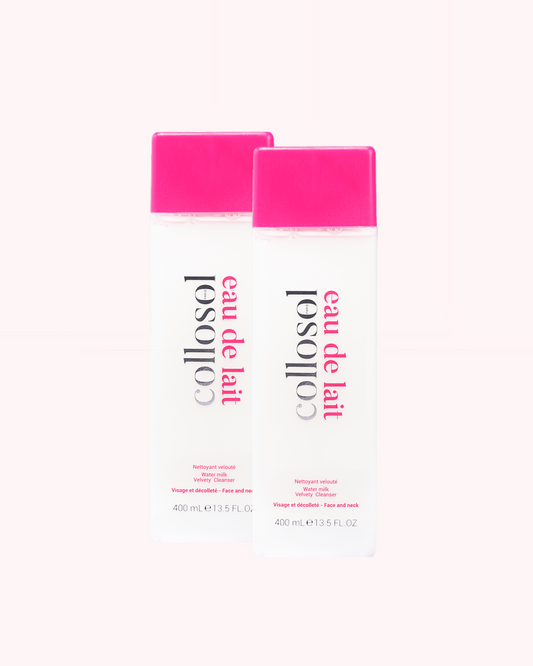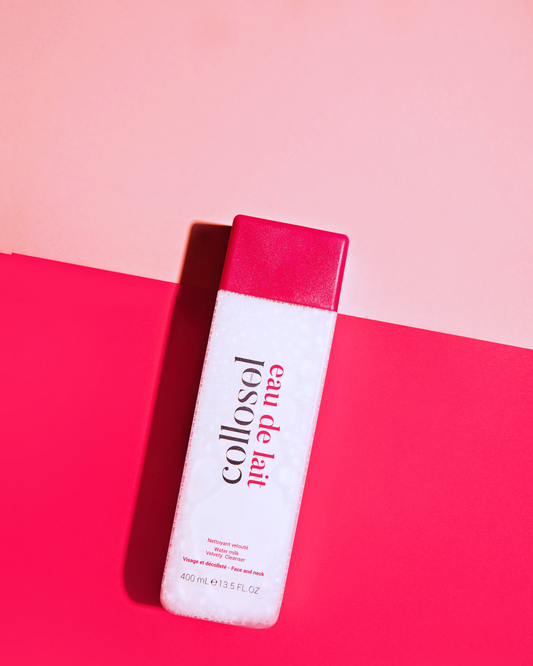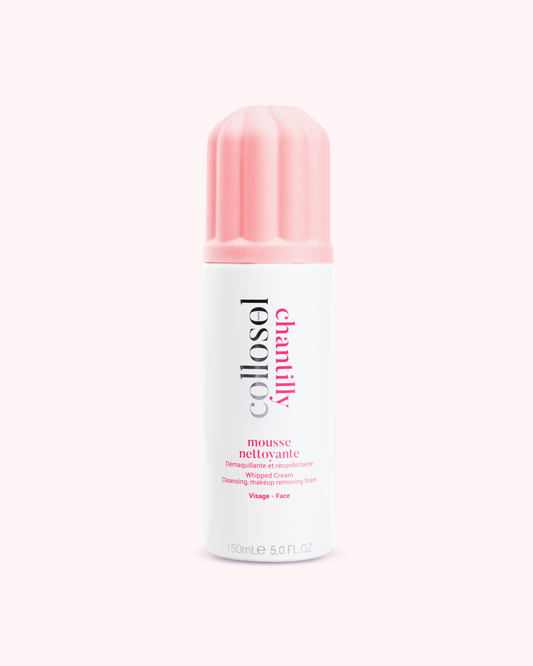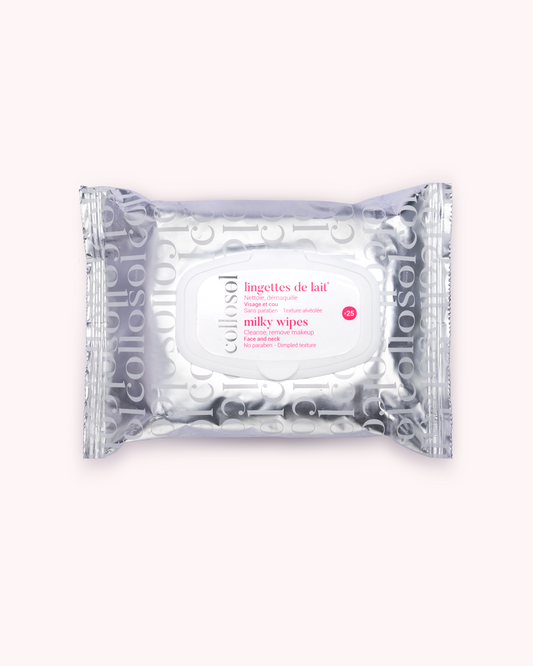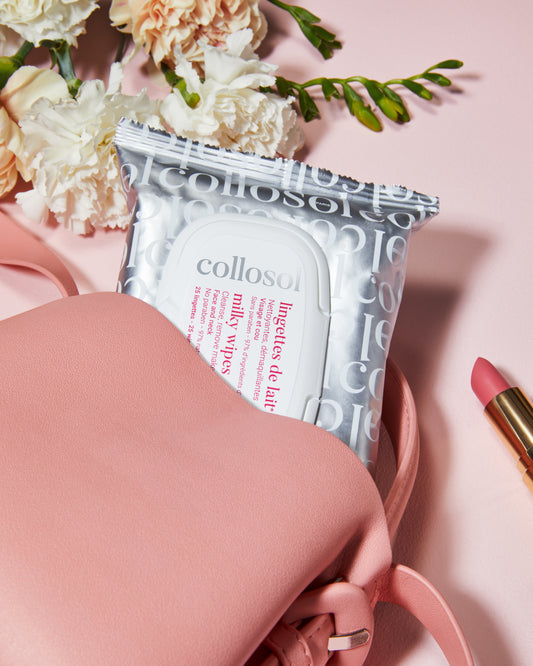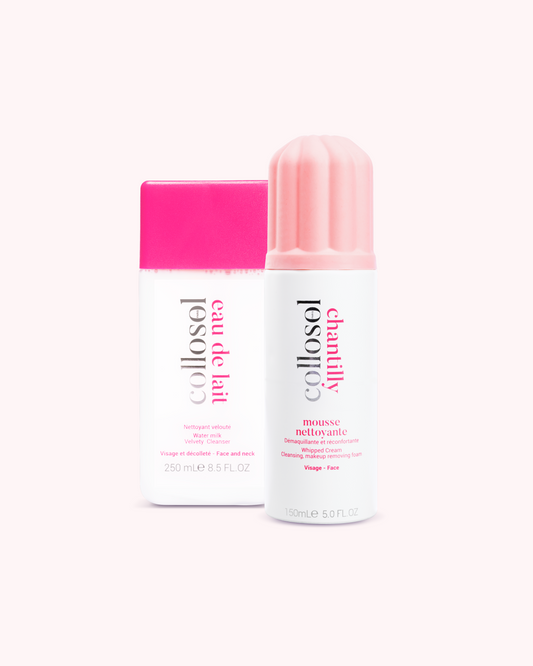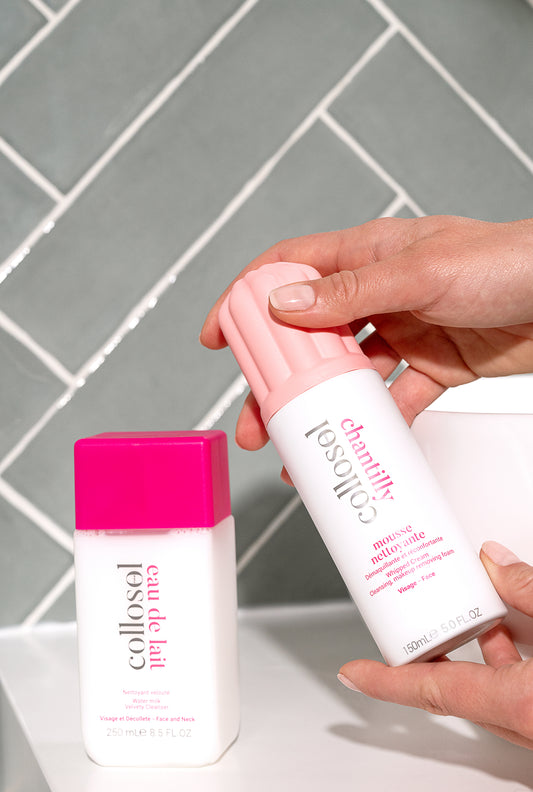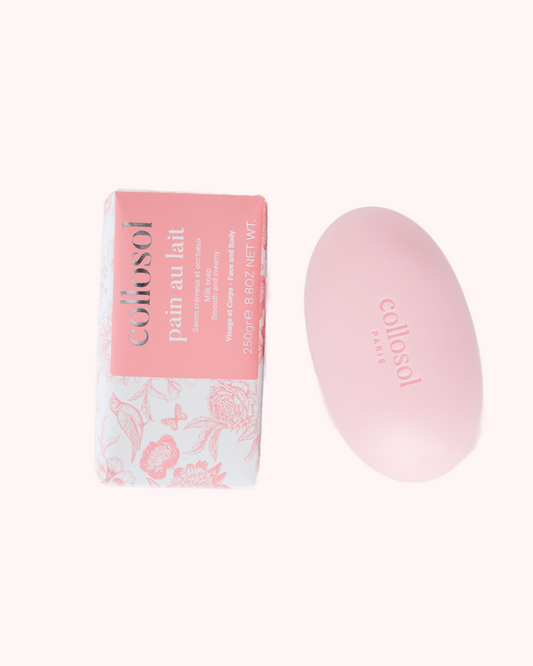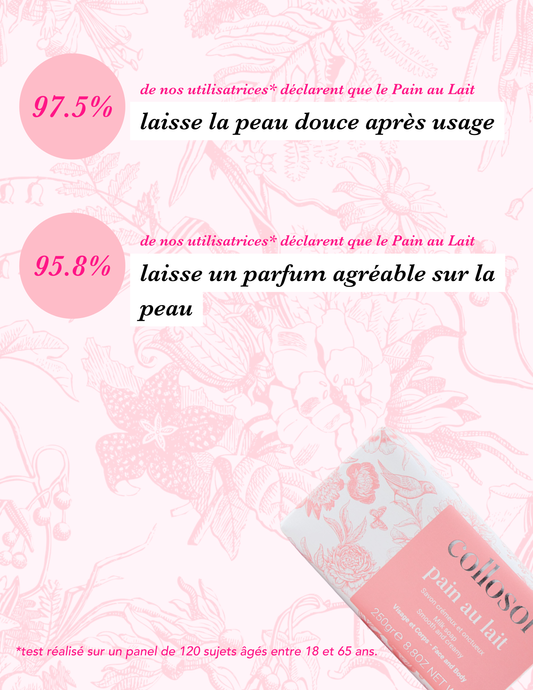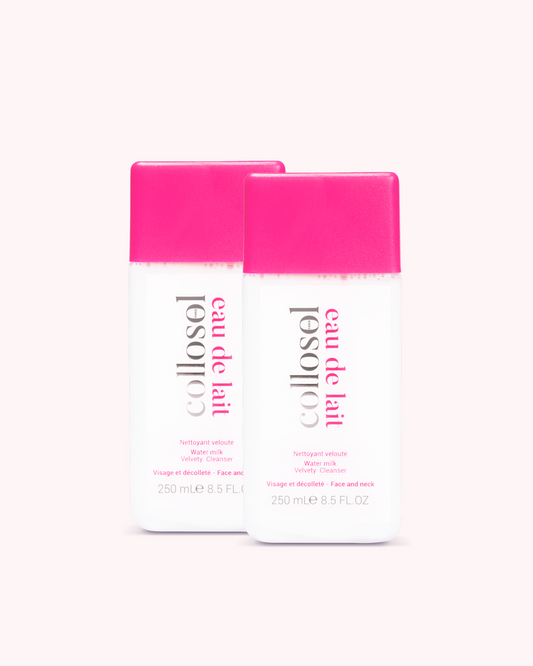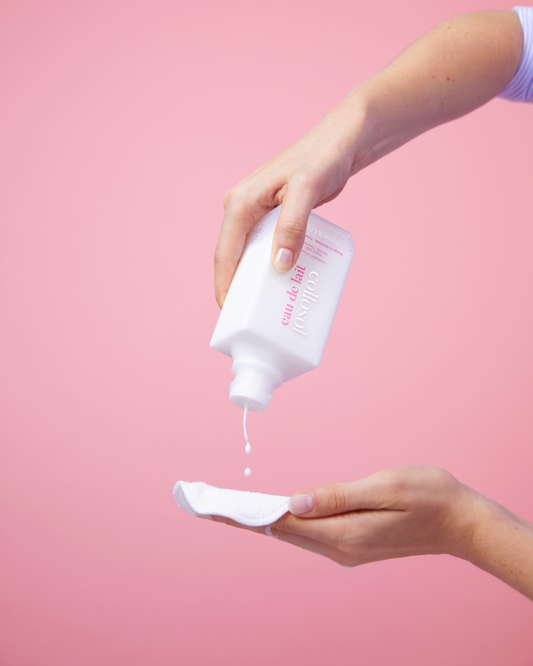What is Niacinamide? Guide & Info
Retinol, hyaluronic acid, vitamin C, proteoglycenes, and now niacinamide ! Get familiar with this new cosmetic ingredient because it will become your ally for having perfect skin.
Niacinamide has many benefits: it soothes redness , regulates fat production, improves the skin's barrier function, eliminates facial spots, is an antioxidant and reduces wrinkles. In addition, its great advantage is that it is compatible with almost all skin types. In the rest of this article, we will introduce you to niacinamide and all its benefits for facial skin.
What exactly is niacinamide?
Maybe you haven't heard of niacinamide yet, or maybe you use cosmetic products that contain it and don't know it. It's not really a new ingredient , in fact some beauty companies have been incorporating it into their products for a long time, but this substance is becoming more and more known.
The reasons why niacinamide is fashionable are diverse: on the one hand, its multiple qualities (anti-blemish, anti-acne, antioxidant, etc.) and on the other hand, its high tolerance. Unlike other active ingredients such as retinol, niacinamide is very well tolerated and can be used on all skin types .
Niacinamide is also known as vitamin B3 or nicotinamide . It is a stable, low molecular weight, water and alcohol soluble vitamin that penetrates into the stratum corneum, the most superficial layer of our skin. Niacinamide is the source of a number of cofactors involved in many enzymatic reactions in the skin . This is why it has a positive influence on many skin processes and therefore on skin problems.
What is niacinamide used for?
The benefits of niacinamide on the skin are numerous:
- It reduces acne thanks to its sebum-regulating and anti-inflammatory properties . This vitamin improves skin texture and the appearance of pores. It also soothes redness and reduces residual acne marks when they are pigmented, which is called post-inflammatory hyperpigmentation;
- It improves the skin's protective barrier function by reducing transepidermal water loss, and by increasing the production of lipids in the epidermis (such as ceramides) or proteins (such as keratin and filagrin). Niacinamide is therefore also suitable for dehydrated and dry skin;
- It reduces irritation and redness of the face . Thus, sensitive skin also benefits from the use of niacinamide;
- It improves the appearance of wrinkles by increasing the production of collagen and elastin after just 8-12 weeks of application. It also helps to eliminate dark spots on the face. This vitamin helps to keep skin radiant without yellowing;
- It protects cells from oxidative stress , which is important for skin that is exposed daily to exposure factors such as pollution, UV radiation, tobacco, etc.
Who can use niacinamide?
In addition to all its qualities, niacinamide has another great advantage : it is very well tolerated. It can therefore be applied to all skin types. It is even more recommended for sensitive skin with redness , altered pigmentation, acne-prone skin or showing signs of aging.
But it must be kept in mind that niacinamide is present in many cosmetics (cleansers, serums, creams, masks, etc.) and each skin type must choose the most appropriate one. In this sense, a gel-textured cosmetic indicated for acne-prone skin cannot be applied to dry skin that is subject to aging.
For mature and dry skin it is better to choose a cream formulation that contains niacinamide. In other words, not all cosmetics that contain niacinamide are suitable for all skin types, you must look for the one that suits your skin and your problem.
Niacinamide is generally used in cosmetic products at concentrations of only 2 to 5% with high tolerance. Beyond this concentration, there is a risk of hydrolysis to nicotinic acid which could be irritating. We therefore advise you to carefully check the formulation of the cosmetic products that you are going to use in your beauty routine.
How to use niacinamide?
Niacinamide can be incorporated into your beauty routine. In general, the ideal is to choose a treatment serum based on niacinamide to benefit from all the benefits of the vitamin. We advise you to proceed in this way.
1- Cleanse and prepare the face
Your beauty routine should start with a complete facial cleansing . Every day, before going to bed, you should obviously remove your makeup with a gentle makeup remover like Collosol Milk Water. But removing makeup is not enough.
Indeed, you now need to clean your face to remove all residue, all dirt and at the same time all imperfections. To do this, you can use a gentle cleansing product such as Collosol Chantilly Mousse .
Just once a week, you can complete your facial cleansing with an exfoliating treatment using a gentle, natural scrub. To achieve a perfect result, you can also apply a treatment mask depending on your skin's needs.
After cleansing your skin (every day) and taking care of it (once a week), you can apply a toning lotion, such as Collosol Milk Water , with a soaked cotton pad. If you prefer a more natural alternative, you can also use rose water. There you have it, your skin is ready to receive the niacinamide in the next step!
2- Apply a niacinamide treatment serum
When your skin is clean and dry, you can apply your niacinamide serum. Don't hesitate to massage the product into your face using circular motions. Remember that you must massage gently!
3-Apply a night cream
Finally, to finish your beauty routine, you can apply your usual night cream. To benefit even more from the effects of vitamin B3, you can also opt for a night cream that contains niacinamide. And now you can go to sleep while the niacinamide does its job!


